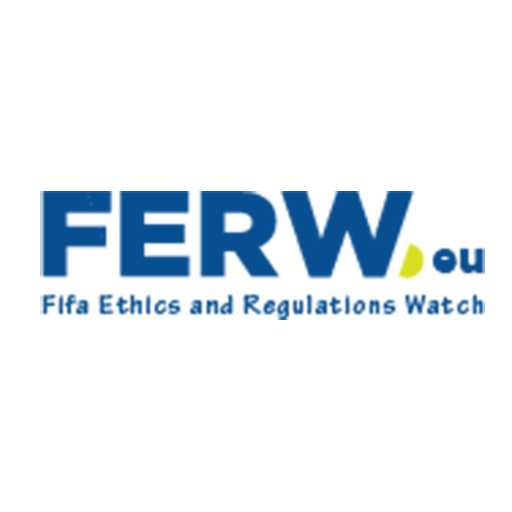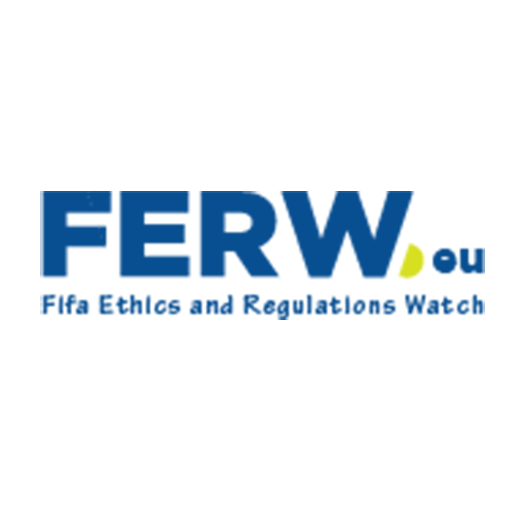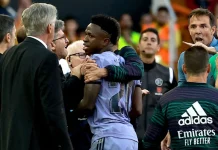The world of football in 2025 continues to struggle with discrimination that is also on the increase. Even though war campaigns on prejudice and exclusion are formulated, there have been increased cases of racism, sexism, and homophobia in the sport.
Based on the data of advocacy groups such as Kick It Out, the number of discrimination cases was over 1,398 during the 20242025 season, which shows that it is a long-term challenge at cultural and behavioral levels across leagues and levels.
Racial abuse comprises close to 60 percent of such reports, with the discrimination on the basis of gender as well as gender identification, also increasing considerably. Female gamers and transgender people have been given more severe harassment, especially on the Internet where control is very patchy. With abuse now taking place online, social media is leading to increased levels of abuse and shows the elasticity of current laws in a fast changing medium.
Discrimination Across Levels Of Football
In many ways it is grassroots or youth football that is supposed to be the basis of the sporting culture. Nevertheless, as the data of 2025 indicates, they are not free of discrimination. More than 325 cases were reported on amateur and youth levels such as derogatory slurs, the exclusionary behavior, and physical fights. Worryingly, 57 per cent of them originated in under-18 competitions, an indication of the normalization of hate at early ages of the game.
Such a trend becomes a great danger to the future of football. Such insinuations of discrimination underlie would imply that FIFA is a problematic organization at its structural basis, as far as its long-term aim of being inclusive and diverse centers. Young users exposed to prejudice expose their predisposed attitude which propagates in the professional levels demoralizing the developmental activities of a more just game.
Professional Leagues And High-Profile Cases
While grassroots incidents are rising, professional football also remains affected. Among the 1,398 reported cases, 452 were in first division leagues in Europe, South America and Africa. High-profile incidents were the racial abuse against players in the Uefa Champions league qualification matches and homophobic chants at matches in the Brazil and Spain national leagues.
These incidents have reoccurred, prompting some players to reconsider their personal visibility and activism, particularly when response by the league officials is aggregate and inconsistent. The exposure of the discrimination on the higher level matches gives an implication to the fans and the young football players also – encouraging them to continue practicing the bad behavior instead of discouraging it.
FIFA’s Anti-Discrimination Initiatives: Campaigns And Controversies
For several years FIFA has campaigned its initiative of No Discrimination and has showcased slogans, banners and videos of awareness during international tournaments. The purposes of these campaigns are to make the sport look less exclusive. In reality, such messaging most often butts up against controversial decisions and inconsistent enforcement, which demeans it.
The most dramatic tension arose in 2025 in connection with the FIFA Club World Cup. Directors observed that the absence of anti-discrimination messages in match coverage was absent where they were supposed to be. The move that was largely viewed as a reversal to decision attracted rebuke by civil society and players. Andrea Florence of the Sport & Rights Alliance stated the move “sends a chilling message that discrimination is no longer a priority for global football.”
This gap between messaging and action remains a recurring theme. Symbolic campaigns alone have proven insufficient to challenge the structural roots of discrimination without accompanying policy measures and consistent enforcement.
Enforcement And Disciplinary Challenges
FIFA’s Disciplinary Committee has the authority to investigate and punish discriminatory conduct by clubs, federations, and individuals. Yet, the actual process often falls short. Delays in issuing verdicts, inconsistent penalties, and opaque decision-making continue to frustrate affected players and advocacy groups.
Several cases in the 2024–2025 cycle, including those in Italy’s Serie A and Argentina’s top division, faced lengthy investigations, only for sanctions to amount to symbolic fines or closed-door matches. These punishments are widely seen as insufficient to deter future violations, particularly in cases involving repeated offenses by certain fan groups.
Regional Gaps And South American Challenges
The problem of enforcement becomes even more pronounced in regional confederations. In South America, CONMEBOL’s disciplinary mechanisms are frequently scrutinized for leniency and slow processes. Discriminatory incidents during the 2025 Copa Sudamericana and Copa Libertadores matches triggered only mild responses, even when evidence was widely available.
FIFA’s reliance on regional bodies to implement standards complicates the matter. Unless there is a unified enforcement structure with independent oversight, discrepancies in response will persist. This undermines the very principle of equality that FIFA professes to uphold.
The Broader Context Of Football Governance And Social Change
Discrimination in football does not occur in isolation. The sport reflects broader societal dynamics—racial inequality, gender bias, and xenophobia often manifest in stadiums as extensions of larger cultural divisions. Addressing these issues requires more than internal regulations; it demands multi-sectoral cooperation.
To that end, FIFA’s engagement with governments and civil society actors becomes crucial. Collaborative efforts must include not only enforcement but also community engagement, awareness building, and rehabilitation programs. Mere punishment without education will not transform entrenched attitudes.
Education And Prevention As Long-Term Strategies
FIFA has launched several pilot education programs in 2025 targeted at youth academies and coaching institutions. These initiatives focus on teaching inclusivity, respect, and diversity from early stages. However, the reach and scale of these efforts remain limited.
Expanding these educational models to all federations and linking them to club licensing requirements could provide a pathway for lasting cultural change. Prevention must become a pillar of FIFA’s approach—not just a complement to disciplinary enforcement.
Media, Accountability, And Public Sentiment
Media analysts and former players have in the recent past stepped up their inquiries on the accountability processes of FIFA. Luis Omar Tapia is one of them who has been critical of the ineffectual measures of FIFA, as the organisation stands at the risk of losing the moral authority on behalf of continuing to tolerate the vibrant structures of discrimination and promoting diversity labels. There is a general feeling that footballing fans want more than token gestures, they want institutional bravery; a sentiment he shares.
Such reporting has flung the topic into the mainstream. Fan movements, player unions and civil rights groups have started organizing in a more unified way and are advocating, among other things, structural changes with the creation of independent anti-discrimination bodies in the FIFA governance system.
🇨🇭
Gianni Infantino, presidente de FIFA, espera sanciones fuertes tras lo sucedido en la Sudamericana entre Independiente y U de Chile.
📸Juegosimple pic.twitter.com/wFH9RMnyoi
— Luis Omar Tapia (@LuisOmarTapia) August 21, 2025
In 2025, FIFA continues to grapple with the issue of discrimination and this is an indicator of a bigger governance issue. The systems that are created to safeguard football needs to adjust as the sport gradually becomes more global and diverse. Education, institutional reform and cultural engagement, with their firm, transparent enforcement, alone cannot be a substitute to campaigns. The next level by FIFA will be in its ability to shoulder its obligations or continue living in the vicious cycle of making noise against inactivity. The solution can not be made to be one of promises but must be a change that will be permanent and unarguable by the millions who see football as the unifying factor.













